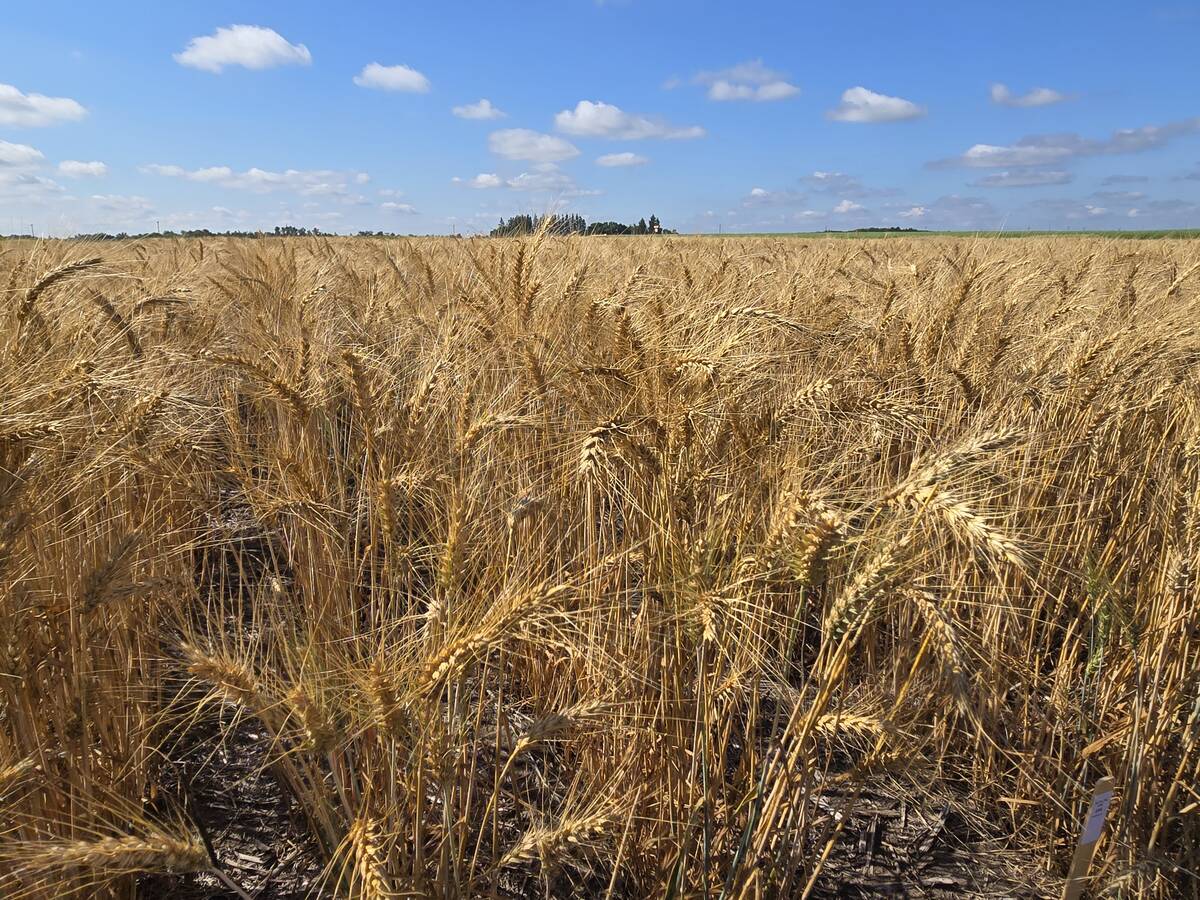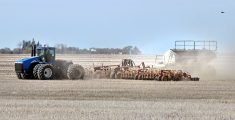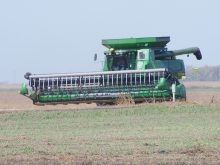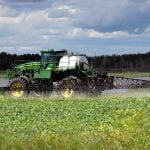Book’s authors hope farmers will take measures to minimize risk by understanding their vulnerability to drought
A 50-year-long drought may not be as crazy as some people think.
According to a new book, it actually happened on the Prairies and not that long ago.
And that’s not all. The book, titled Vulnerability and Adaptation to Drought, suggests that droughts will become longer and more severe on the Prairies in the future.
“We dodged the bullet in the 20th century compared to previous centuries,” said James Warren, professor at the University of Regina.
“There was never a century where we missed one. The 20th century out of the last 10 has been one of the moistest. Most of them were much worse. Even in the 19th century, there were 20-year droughts,” said Warren, a specialist in drought and water management issues.
Read Also

Fall rye hits record high in Manitoba
Winter cereals 2025: More Manitoba fields grew fall rye in 2025 than ever before, but winter wheat slipped and, while spring stand survival was good, drought took its toll
He said that concept fits with the historical record when explorer/surveyor John Palliser came to the Canadian Prairies in the 1860s and declared southwestern Saskatchewan and southern Alberta as too arid for farming.
“That was during one of these extended periods of drought.”
However, many people don’t look further back than the famous 1930s decade-long drought.
“People talk about the 1930s as the be-all and end-all of droughts. The ’30s was a walk in the park to some of the droughts in the previous centuries,” said Warren.
“We’re talking about multi-decadal. That’s pretty ominous. That’s something we have to get our heads around.”
Warren is one of three co-editors who produced the book, which has been short-listed for the science award in the High Plains Book Awards.
It is the result of a decade of interdisciplinary efforts conducted by 24 researchers from Canada and Latin America.
The effort aims to look at international droughts and related climate change issues in attempts to understand rural people’s vulnerabilities to climate in arid areas.
“We all jointly operated under the assumption that to understand people’s resilience — understand their vulnerability to drought and how they can go about increasing their resilience and minimizing risk — it’s important to understand drought and drought processes from both the scientific and the social science perspective,” said Warren.
The book looks at past droughts on the Canadian Prairies from a paleo-climate perspective.
It explores governance systems for prairie drought, water management and strategic planning by offering insight into how communities can reduce susceptibility to drought.
One chapter focuses on the vulnerability of an agricultural system in Chile and offers potential lessons that could apply to Canadian agriculture.
Outside of the differences, many similarities exist at the regional scale between the Canadian Prairies and the Maule region in Chile.
The book also addresses the damaging effects of recent droughts on the Prairies since the famous one in the 1930s.
One chapter that Warren wrote was on the changes in farm management and tillage practices during the last 100 years.
He said it resulted in the minimum tillage revolution in the 1990s, which minimized the amount of soil disturbance that occurs in relation to annual field crop agriculture.
“One of the big advantages of this technology is reduction in soil erosion you get under drought conditions.
“You simply have more trash on the surface to hold light soils down in the event of hot, dry weather with lots of wind like we had this spring. I would think down in the Regina vicinity we’d have had some soil drift. We would have had a heck of a lot more if people were using the technologies from 50 years ago,” he said.
However, in spite of the minimum till technology, the drought in 2001-02 was still economically damaging and contributed to a $5.8 billion decline in Canada’s gross domestic product.
“But we probably saved a lot more soil than we did, for example, in the droughts of the later 1980s when there was less min till,” he said.
If future droughts last for more than three years and result in total crop failure, Warren said institutional supports like crop insurance and agri-stability programs would be compromised.
“We’d have to make big changes. But we’re highly resilient and we’ve got a really good adaptive capacity — probably as high as anywhere in the world because the state of human capital here is so high.”
Another of the book’s articles presents a long-term view of climate conditions on the Prairies in the context of climate change.
“We can anticipate more in-tense storms, more intense rainfall events and probably more intense droughts with possibly longer duration than we’ve experienced in the past 100 years,” he said.
william.dekay@producer.com















